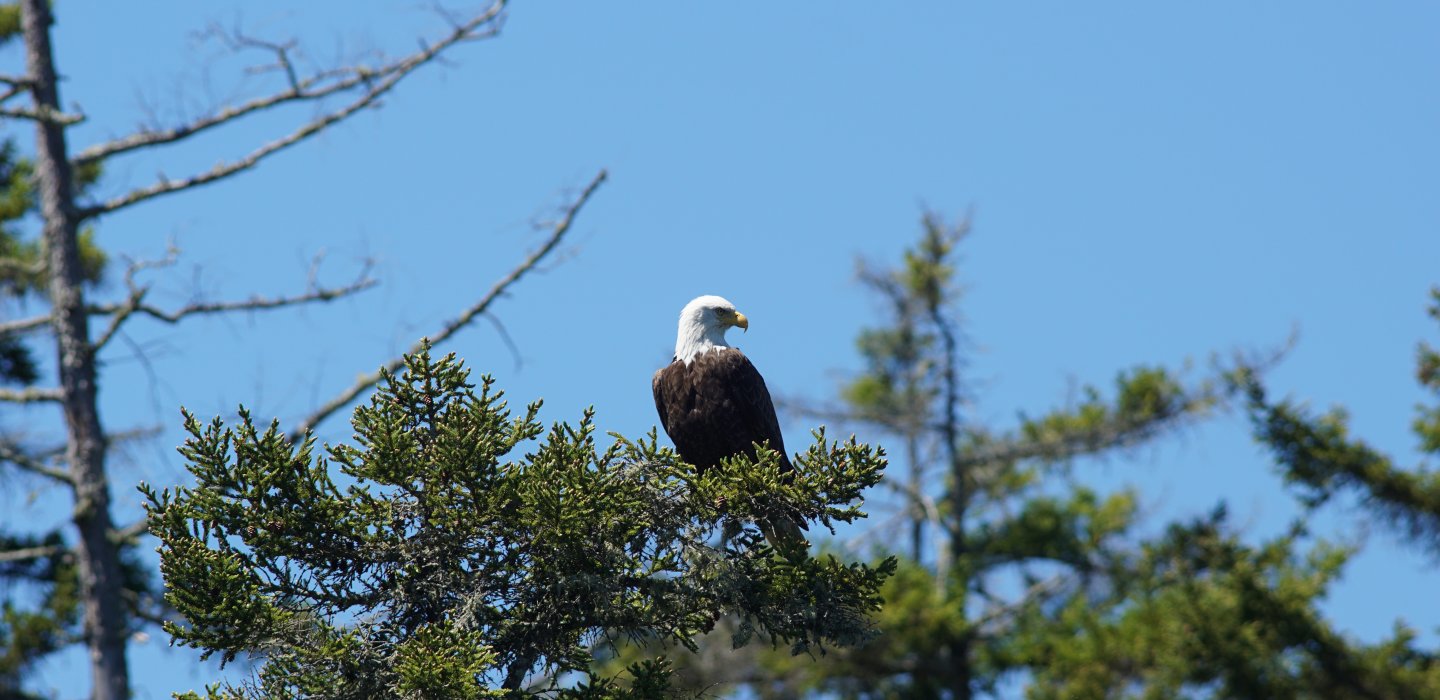
Boreal Birding
The northern Adirondacks contain some of the best boreal birding the region has to offer, and some of the best boreal birding in the entire northeast. California Road is one such location, sitting at the Adirondacks' boundary and just a stone's throw south of Malone.
Lots of warblers and other birds
With our eyes open for birds of all sorts, my dog, Wren, and I ventured to California Road the other week, winding along the small dirt road before parking and walking - the best way to find birds in such places. The air was filled with songs and calls as we went, not to mention the hum and buzz of biting insects, and we soon began our list for the day with species like Canada Warbler, Nashville Warbler, Magnolia Warbler, Northern Waterthrush, Northern Parula, Purple Finch, Common Grackle, Winter Wren, and Alder Flycatcher.
The road follows the boggy wetland created along the route of Duane Stream, and I listened to the songs of White-throated Sparrows, Lincoln's Sparrows, Swamp Sparrows, Palm Warblers, Chestnut-sided Warblers, and Common Yellowthroats coming from the bog mat. The woods along the road offered us Yellow-bellied Flycatcher, Yellow-rumped Warbler, Pine Warbler, Winter Wren, and a lone Rose-breasted Grosbeak, a species not usually associated with such boreal habitats. But the forest type along the road varied as we went, including some deciduous forest edge habitat - as evidenced by the Veery and American Redstart we found.
.
Further along the road I heard the bubbly song of a Ruby-crowned Kinglet, a denizen of the spruce-fir forests common on Adirondack mountaintops, as well as some lowland coniferous sites. I watched it twitch and flip high up in the trees. I also heard the flight calls of White-winged Crossbills - a species that has been around thanks to the heavy cones on our conifers.
Wren and I eventually turned around and headed back to the car. It was time for a brief rest, a snack, some fresh water, and the next phase of our adventure. I had toted along my canoe on the trip, and once I was done on California Road I drove to Deer River Flow for a paddle.
An inviting paddle
It was already mid-to-late morning by the time we arrived, so the sun was getting higher in the sky than I would prefer for a paddle, but the day was pleasant and the water looked inviting for exploration. It also looked inviting for a swim, and Wren immediately dived in while I unloaded the boat.
We pushed off to the tune of Swamp Sparrows and Red-winged Blackbirds in the marsh that occupies the area around the put-in, and I imagined that other marsh species like American Bittern could be found there. The marsh was also home to some beavers and someone had cleverly installed a television satellite next to their lodge - the beavers in Deer River Flow are obviously high tech. I wondered if they watched the World Cup and who they cheered for. Or maybe they watch building shows and evaluate the skills of the people.
After our walk and Wren's swim, my canine companion was content to lie in the sun and doze while I listened to the songs of Blackburnian Warbler, Black-throated Blue Warbler, Northern Parula, Ovenbird, and Purple Finch, while Cedar Waxwings sat on the snags - an excellent vantage point from which to hunt flying insects.
Watching an eagle watching us
A short distance along our route, we caught up with the pair of kayakers we had met at the put-in. They were watching an adult Bald Eagle that sat low in the trees along the waterway, seeming not to care that we were all taking interest in it. The kayakers soon paddled on, and Wren and I sat quietly watching the eagle ourselves. As I always try to do in such situations, I allowed the wind to drift us along while I enjoyed the eagle and took a few photos, eventually trading my camera for my paddle as we softly continued on, the eagle still sitting there.
With the sun growing in strength overhead, I eventually decided it was time for us to turn around, but not before I spotted a pair of Common Loons and was distracted by the distant calls of an Olive-sided Flycatcher along the shoreline. We sat and listened for a few minutes to see if it would come closer, but when it didn't we turned our bow back toward the put-in, this time having to push against the same wind that had blown us past the cooperative eagle. With some effort we wound our way back to the small marsh, where a Great Blue Heron fished near the take-out. Once again Wren swam while I loaded our gear, and we were on our way home for some lunch.
Summer and early fall offer excellent birding and paddling opportunities all across the North Country. Plan your visit today and check out our lodging and dining pages to help you do so.
This week in ADK related news:
World class golf
What's in a name?
By land and by lake
Plunge into Placid
So much camping
Why dine inside?
The birds of Cheney Pond

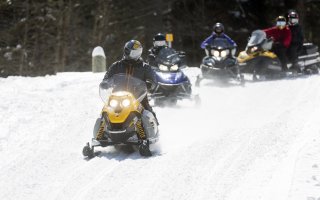
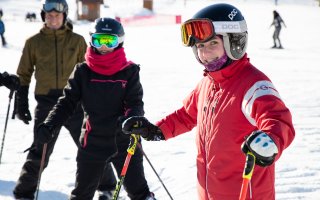
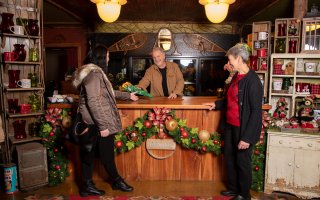
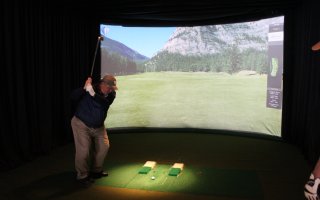
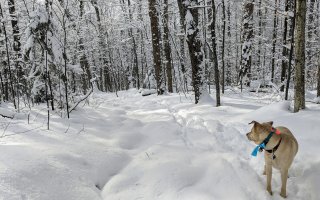
Comments
Add new comment